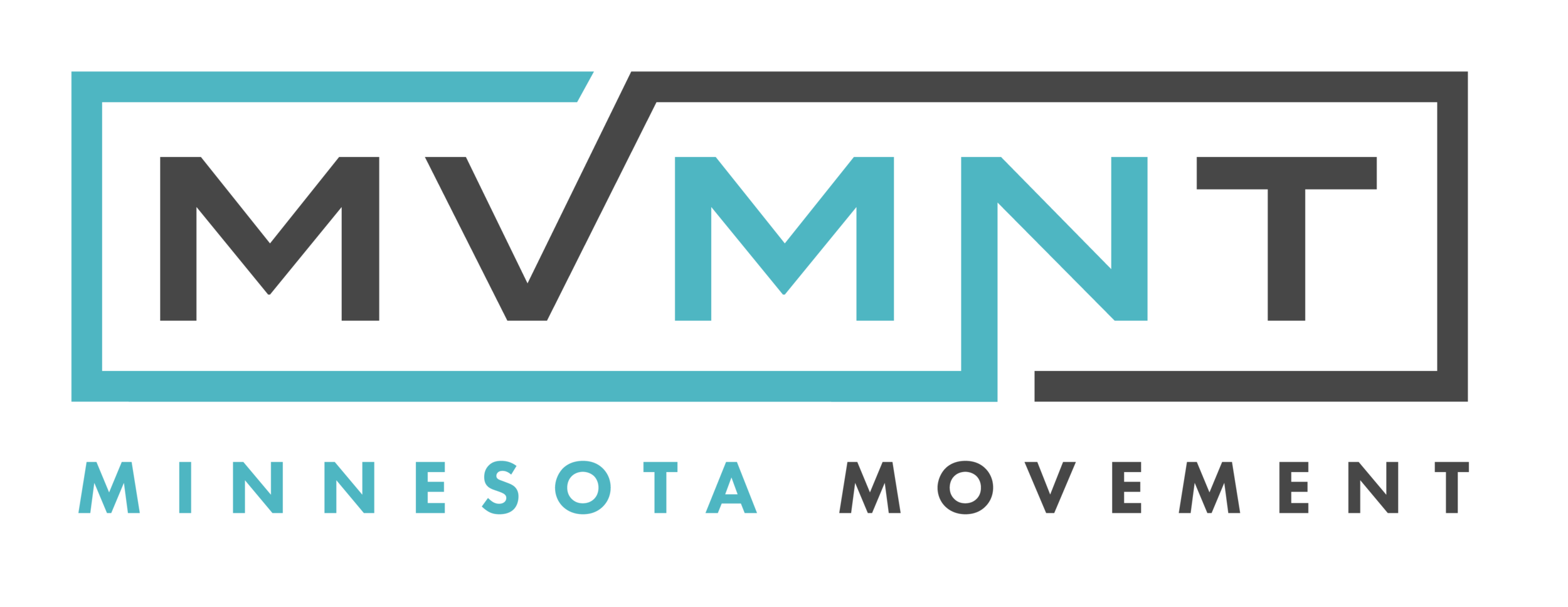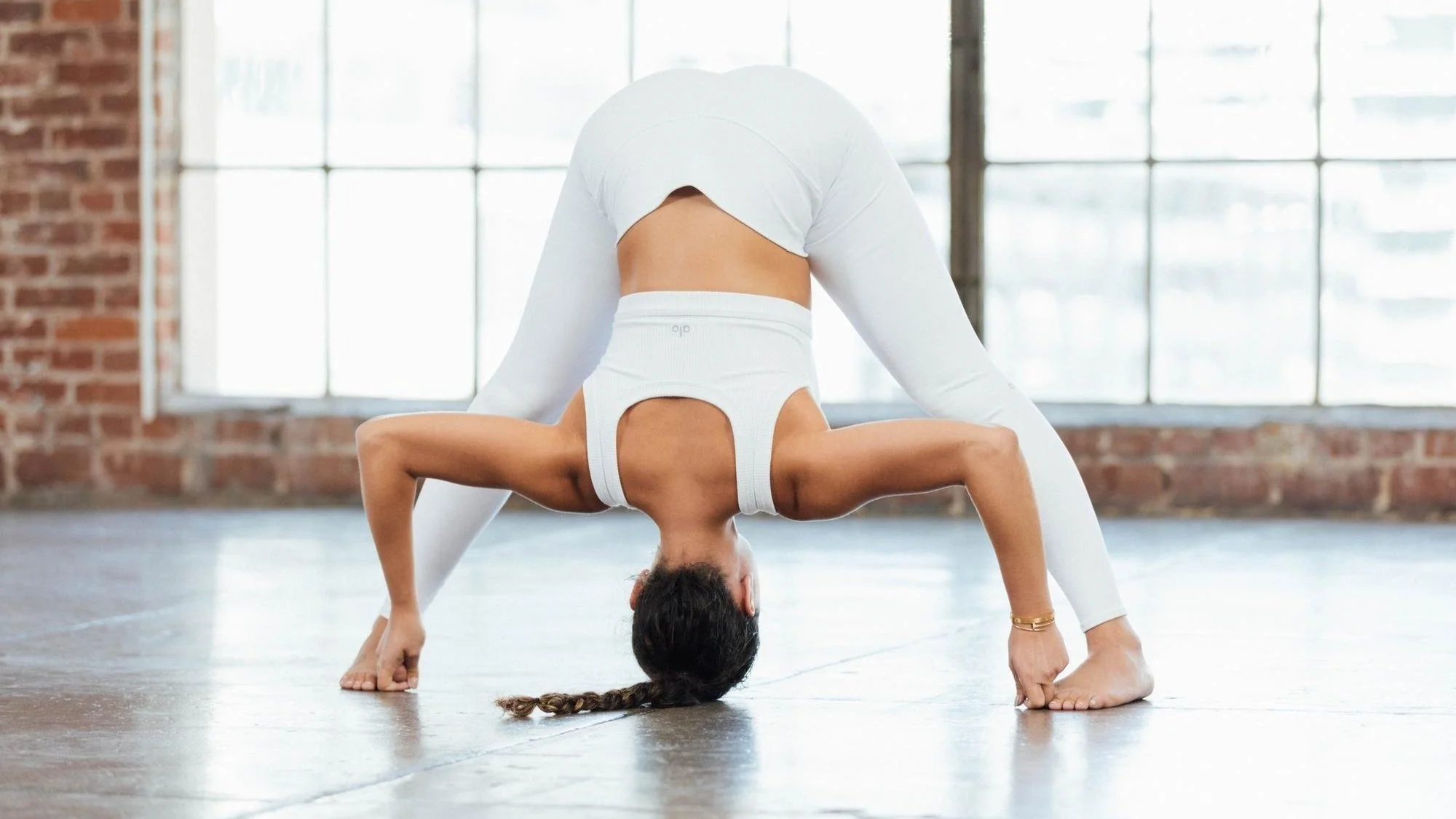That dude in the truck cuts you off at the zipper merge, we have a giant deadline coming up, and your kid is throwing a tantrum in the back seat. Stress is a bugger. But we can learn to handle it a LOT better.
How? Just like any exercise or habit. From repeated and conscious attention to it. Simply by forcing ourselves into micro-stressors helps us mitigate our responses to more expansive ones. This is not akin to being afraid of heights and deciding to 'get over it' and walk a tightrope between two skyscrapers. Go back and read the first sentence of this paragraph again. Repeated and conscious attention. We have to be mindful and deliberate with how we proceed through the stressors.
Did you know that an ACL injury may occur even when there is minimal to no contact at all (1)? How does this happen!?
The main reason this can happen is due to compressive forces on the knee joint that cause your lower leg bone (the tibia) to move slightly forward when we switch from non-weight bearing to weight bearing (1). Think about cutting or doing a ‘juke move'.’ When doing this, we have to absorb the forces from the ground to the body.
Read MoreMobility is the ability of a joint to travel in its full range of motion (ROM) without any constraints or pains. It is all about how well you can control your joint through the necessary ROMs. Having good mobility is important to maintain pain-free, unimpeded, fluid, and independent movement.
Flexibility, on the other hand, is the ability of a muscle to fully lengthen. We have talked about different types of flexibility before and ways to increase your muscle’s length. It is important to have good flexibility in order to unlock the full ROM a joint complex has and utilize it to generate explosiveness by full muscle contraction.
Read MoreHabits are defined actions triggered automatically by a contextual cue that is linked to performance (1). To make sense of this, let’s think of an easy day-to-day example. Think about the habit of putting on our seat-belts (defined action) after we get into our car (contextual cue)
Read MoreHave you ever experienced hamstring tightness? Whether it is after a run, sitting all day at work or school, or after a heavy day in the gym, we all have experienced some sort of hamstring tightness. But what if I told you it might not actually be hamstring tightness? What if I told you it could be your brain playing a trick on you, where you perceive hamstring tightness but the muscle tissue has no problem lengthening fully.
Read MoreMost people when they think of abs think of a shredded six-pack as they see on models. But that is only one part of four that make up the Core!
The six-pack that you can see is called the Rectus Abdominis and is the top most layer (superficial) of all the abdominal muscles that make up the Core. We all have a six-pack inside of us, and depending on your diet and exercise habits, will determine if you are able to show them off or not.
Our four layers are the Rectus Abdominis, the External Obliques, the Internal Obliques, and the Transversus Abdominis - each have their own very important role!




![The SIMPLE Way to Form a Habit / Happy [early] New Year!](https://images.squarespace-cdn.com/content/v1/5a7e2bcfe9bfdf19b9e737c4/1668624332962-HPZESIIQRUVRD1IUY9EH/new-years-resolution-habits-sports-chiropractor-andrew-kinach-excelsior-minnetonka.png)

